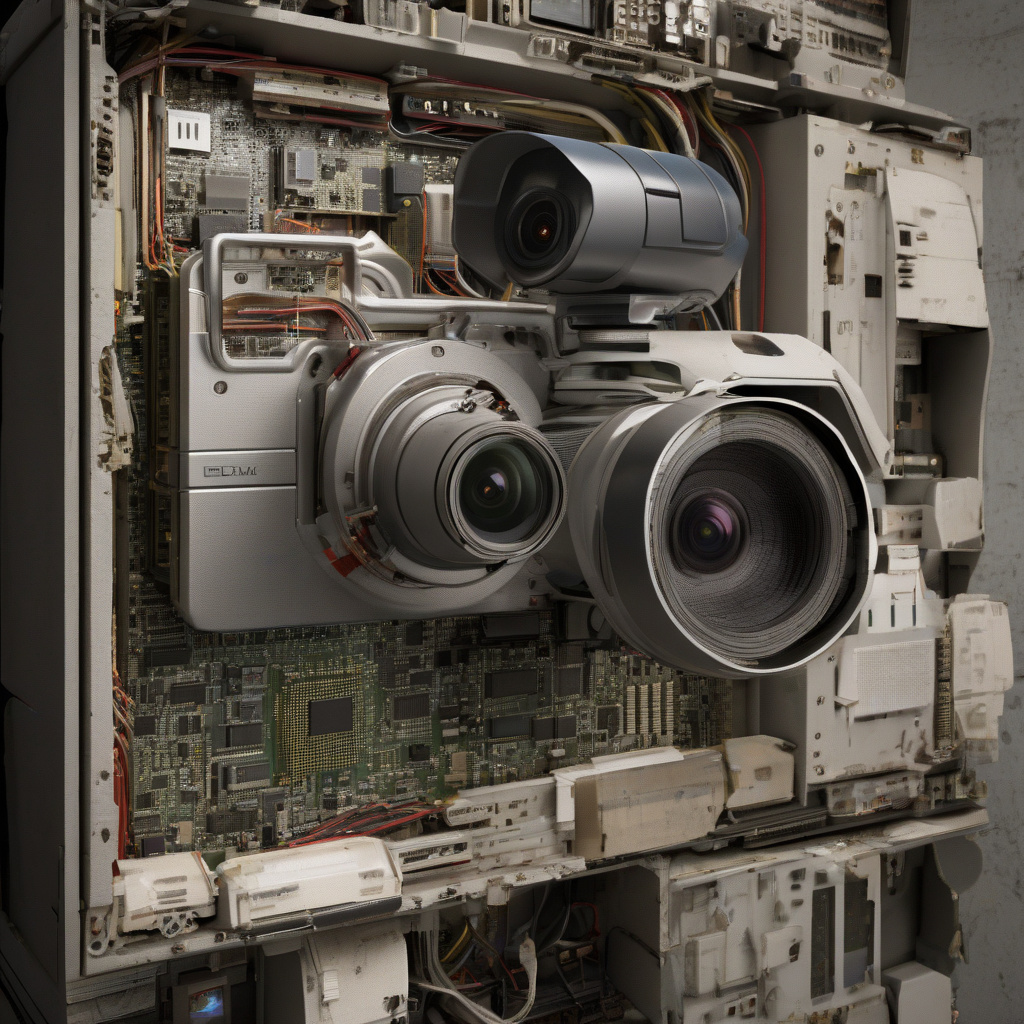The discovery of an unpatched security flaw within the Edimax IC-7100 network camera has sent shockwaves through the cybersecurity community. This vulnerability, known as CVE-2025-1316 with a CVSS v4 score of 9.3, represents a critical operating system command injection flaw. Essentially, threat actors can exploit this flaw to execute remote code on vulnerable devices. The implications are severe, as this flaw has been actively leveraged by malicious actors to distribute variants of the notorious Mirai botnet malware since May 2024.
Imagine the impact of unauthorized individuals gaining remote access to your network camera. It’s not just about compromising your privacy; it’s about potentially opening a gateway for broader attacks on your network infrastructure. This vulnerability underscores the importance of promptly addressing security patches and updates. Ignoring these essential measures can leave your devices and network exposed to exploitation by cybercriminals.
In the case of the Edimax IC-7100 camera, failure to patch this known vulnerability has provided malicious actors with a foothold to propagate Mirai botnet variants. This type of malware is infamous for its ability to enslave Internet of Things (IoT) devices into massive botnets used for distributed denial-of-service (DDoS) attacks. By harnessing the computational power of these compromised devices, threat actors can launch devastating attacks on targeted systems and networks.
The timeline of exploitation, stretching back to May 2024, highlights the persistence and adaptability of cyber threats. It also underscores the critical role that proactive cybersecurity measures play in safeguarding digital assets. As IT and development professionals, staying vigilant against known vulnerabilities and promptly applying patches are fundamental aspects of maintaining a robust cybersecurity posture.
By addressing vulnerabilities promptly, you not only protect your own devices and data but also contribute to the collective resilience of the digital ecosystem. Cybersecurity is a shared responsibility, and each proactive step taken by individuals and organizations helps in fortifying the overall security landscape.
In the context of the Edimax IC-7100 camera flaw, the urgency to patch this vulnerability cannot be overstated. As professionals in the IT and development sphere, it is incumbent upon us to prioritize security measures, including regular vulnerability assessments, timely patch management, and adherence to cybersecurity best practices. These actions are not just about safeguarding individual devices but about upholding the integrity and security of interconnected systems in an increasingly digital world.
The exploitation of vulnerabilities like CVE-2025-1316 serves as a stark reminder of the ever-evolving nature of cyber threats. Threat actors are quick to capitalize on unpatched vulnerabilities, making it imperative for organizations and individuals to stay ahead of the curve. By proactively addressing security gaps and fortifying defenses, we can collectively mitigate risks and bolster the resilience of our digital infrastructure.
In conclusion, the unpatched security flaw affecting the Edimax IC-7100 network camera and its exploitation for Mirai botnet attacks underscore the critical importance of proactive cybersecurity practices. As professionals in the IT and development domain, staying informed, vigilant, and proactive in addressing vulnerabilities is key to safeguarding digital assets and contributing to a more secure cyberspace. Remember, in the realm of cybersecurity, prevention is always better than cure.

